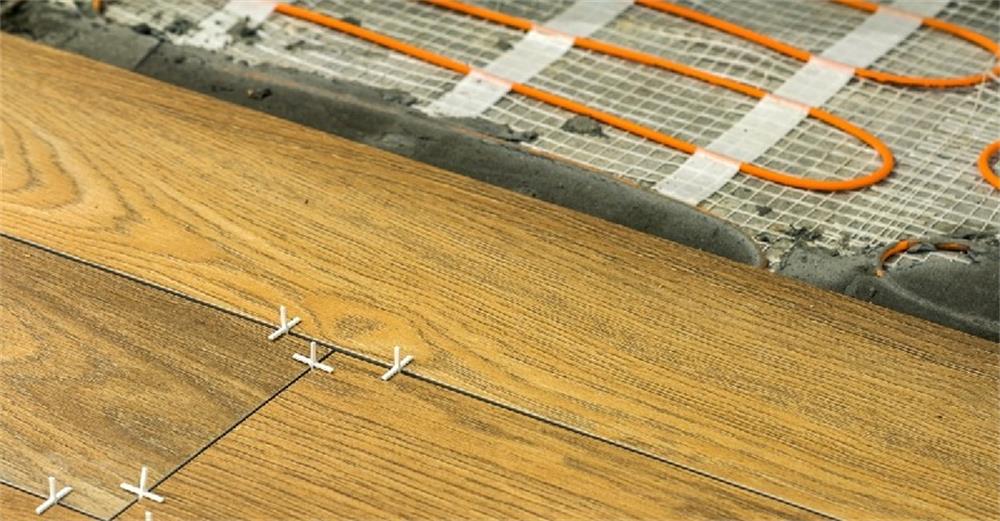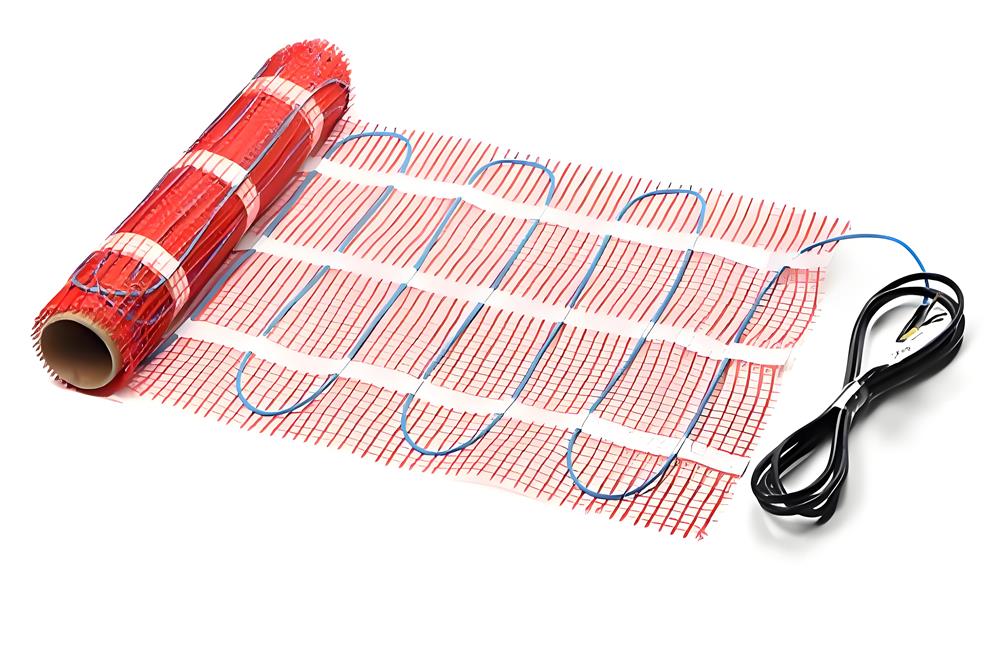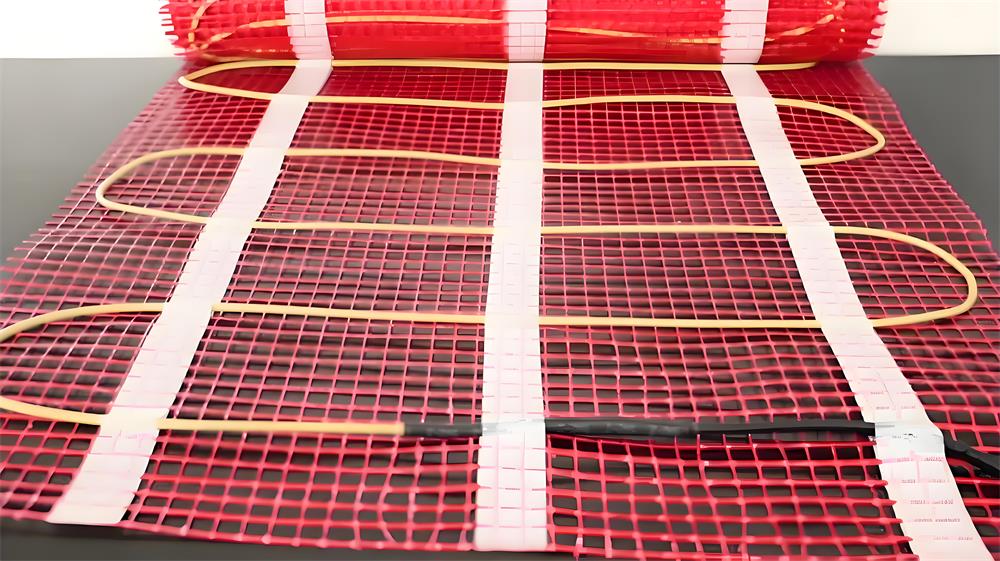When seeking home heating solutions, electric floor heating mats have been widely welcomed for their advantages of easy installation, high comfort, and space saving. Meanwhile, is the underfloor heating mat expensive to operate? It has become a question for many families. So understanding its operating costs is crucial. This article will explore the operating costs of electric underfloor heating mats, including electricity consumption, efficiency improvement strategies, and the possibility of long-term savings.

The operating cost of electric floor heating mats mainly depends on their electricity consumption, which is directly related to electricity rates and the frequency of use of floor heating mats. Electric heating pads are usually measured in kilowatt hours, and their energy consumption depends on multiple factors:
1. Power of underfloor heating mat: The higher the power of underfloor heating mat, the faster its heating speed, but the corresponding power consumption is also higher.
2. Usage duration: The longer the underfloor heating mat runs every day, the more electricity it consumes.
3. Set temperature: The higher the set ground temperature, the more electricity the underfloor heating mat consumes.
4. Room insulation performance: Rooms with poor insulation performance can cause rapid heat loss, forcing underfloor heating mats to operate more frequently to maintain temperature.

To reduce the operating cost of electric floor heating mats, we can adopt the following strategies to improve efficiency.
1. Optimize temperature control settings: By using a programmable thermostat, the temperature can be automatically adjusted according to daily habits, reducing unnecessary heating.
2. Improve home insulation: Strengthen door and window sealing, increase insulation materials for walls and roofs, and reduce heat loss.
3. Partition control: Use independent temperature controllers in different areas to heat specific areas only when needed.
4. Utilize peak and valley electricity prices: Combining with local electricity pricing strategies, preheat during periods of lower electricity prices to reduce overall electricity costs.

Although the initial investment in electric floor heating mats may be higher than traditional heating systems, their operating costs may be more economical in the long run.
1. No maintenance costs: Electric floor heating mats require almost no maintenance, reducing long-term maintenance costs.
2. Long service life: The service life of electric underfloor heating systems can reach more than 25 years, far higher than traditional heating systems, reducing replacement frequency and related costs.
3. Energy efficiency improvement: With the continuous advancement of technology, new electric floor heating mats have higher energy efficiency and lower long-term operating costs. Overall, is the underfloor heating mats expensive to run? When making decisions, we should consider our own needs, budget, and long-term sustainability.
